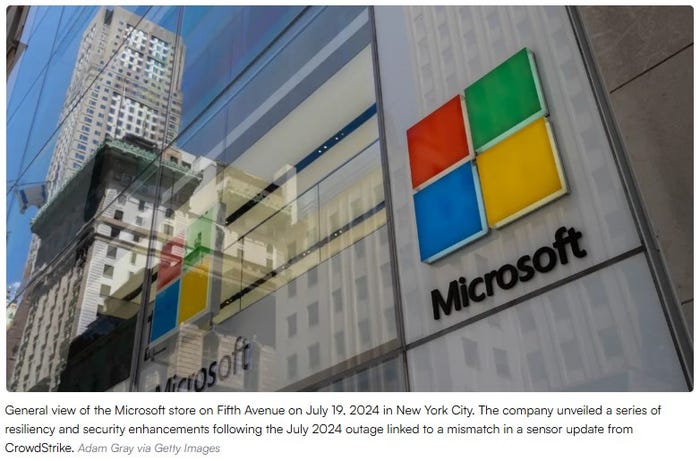NG911 funding not included in $1 trillion bipartisan Senate infrastructure proposal

Federal funding to accelerate deployment of IP-based next-generation 911 (NG911) technology is not included in the bipartisan infrastructure bill introduced in the U.S. Senate, according to the text of the massive $1.2 trillion spending package that was released yesterday.
Many in the public-safety community have been anticipating the language in the infrastructure bill, in hopes that it would include funding to implement NG911 in public-safety answering points (PSAPs) across the country. In March, a Democrat-led U.S. House infrastructure proposal called for $15 billion for NG911, but none of the subsequent infrastructure proposals—from Republicans, the White House or this latest bipartisan Senate bill—has included any mention of NG911 funding.
In addition, no standalone legislation has been introduced yet that would provide federal NG911 funding, despite the fact that Sen. Amy Klobuchar (D-Minn.) vowed in April to reintroduce the $12 billion NG911 funding proposal she submitted in 2019.
Many in the 911 and broader public-safety communities believe that the massive spending packages for COVID-19 relief and infrastructure initiatives represent the best opportunities to get federal funding injected into the NG911 ecosystem.
Although funding for NG911 was not included in the bipartisan Senate infrastructure bill, the issue of NG911 was not ignored entirely. The infrastructure proposal calls for the National Highway Traffic Safety Administration (NHTSA) administrator to implement recommendations in a 2018 GAO report outlining how the NHTSA’s National 911 Program could assist states in deploying NG911.
Within a year of the infrastructure bill being enacted, the NHTSA administrator would work with federal agencies to “determine the roles and responsibilities of the federal agencies participating in the … ‘National NG911 Roadmap initiative’ to carry out the national-level tasks,” based upon each agency’s jurisdiction.
“The administrator of the National Highway Traffic Safety Administration shall develop an implementation plan to support the completion of national-level tasks under the National NG911 Roadmap initiative,” according to the text of the Senate infrastructure bill.
Historically, the federal government has not provided significant funding to the 911 system, which typically is funded by state and local governments. But there is consensus within the public-safety community that federal funding is needed to ensure that all PSAPs nationwide have the resources needed to upgrade to NG911 from the 50-year-old technology that remains the foundation of 911 services today.
There has been widespread support for some NG911 aspects of the LIFT America proposal introduced in March, using language endorsed by the Public Safety Next Generation 911 Coalition that includes APCO and many public-safety associations, such as the $15 billion funding figure that requires no local funding match.
But other aspects of that language have been the source of considerable disagreement, particularly wording that the money be used to fund NG911 deployments employ “commonly accepted standards” and that i3—NENA’s standard for NG911—would qualify only after it receives ANSI approval. This treatment of i3 in the proposed legislative language has been source of frustration for NENA officials, as NENA CEO Brian Fontes outlined during an online event in June.
This i3 debate could be moot in the near future, as NENA last month released the i3 standard for ANSI approval. Other disagreements regarding cybersecurity measures and the makeup of a key advisory committee included in the LIFT America proposal.
Representative of key 911 organizations declined to provide any comments about the NG911 funding situation to IWCE’s Urgent Communications.





